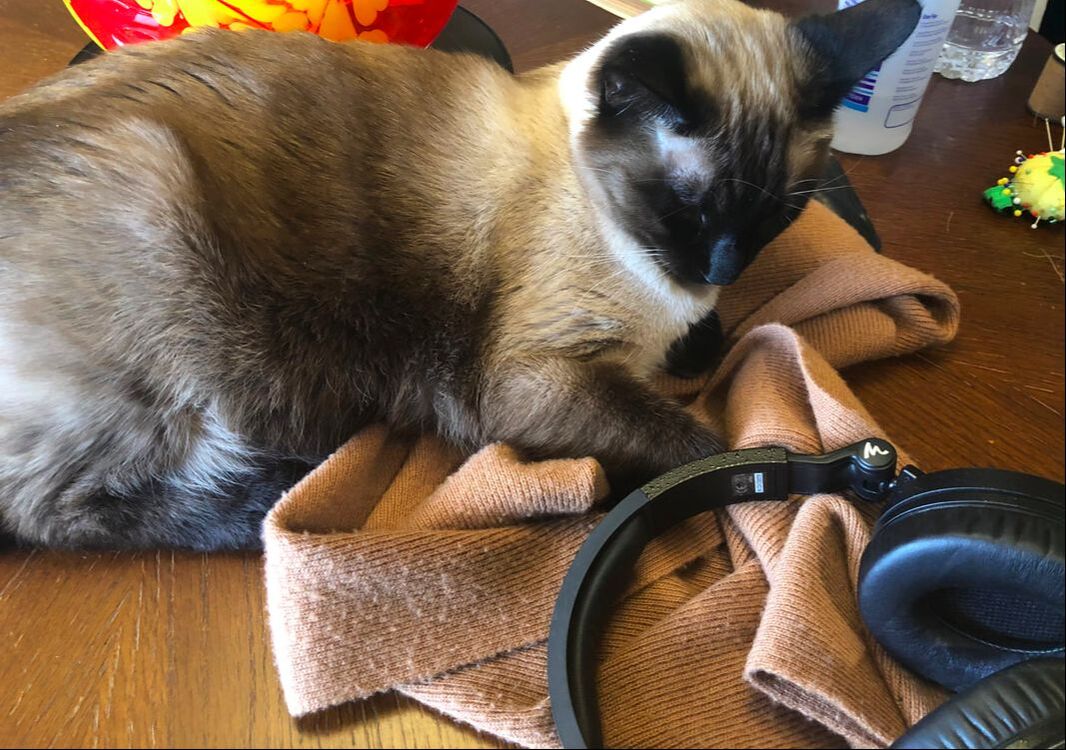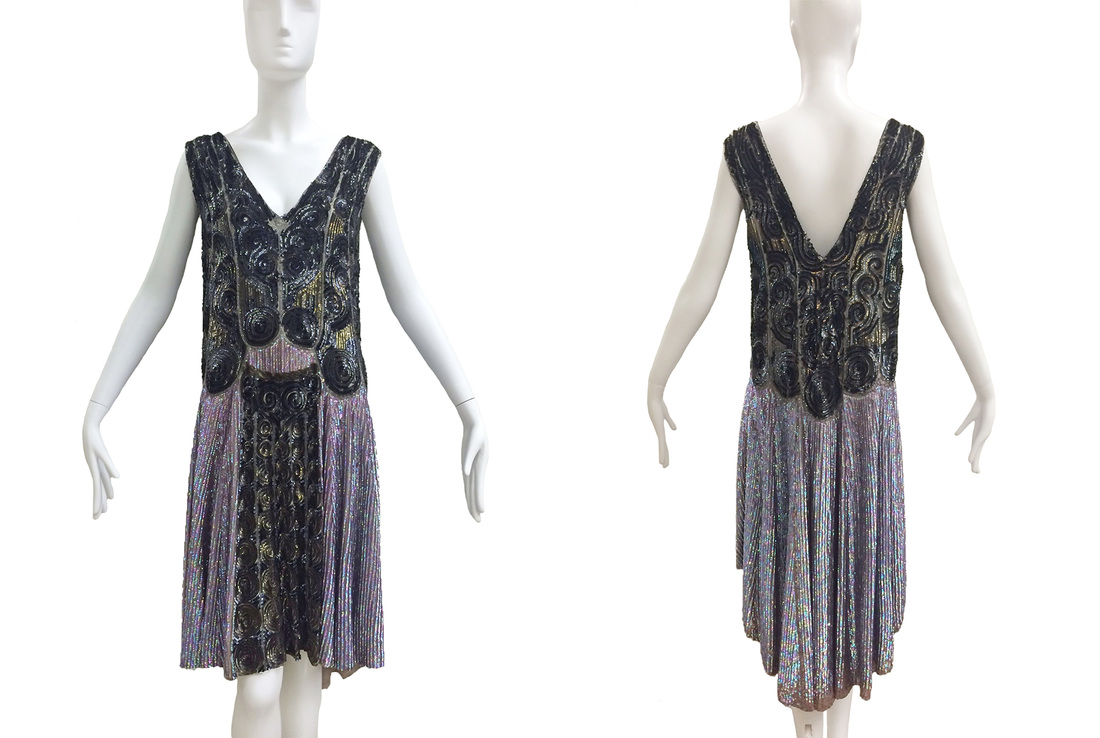|
My Siamese "assistant" Oliver helps me curate some of my favorite Hygge elements. Nearly two weeks after the WHO declared COVID-19 a pandemic, I—like over 70% of the world—am quarantined in my home and have refined my definition of “work clothes” to include pajamas, yoga pants, t-shirts and fuzzy blankets accessorized with an immovable layer of cat fur.
0 Comments
Even Anna Wintour covets Barbie's wardrobe. (Image courtesy of Black Cat Vintage.) My “origin story” has always been that I developed my fondness for vintage couture by hiding inside my mother’s dresses as a child. But when a local museum asked me to design a Christmas tree, another possibility emerged.
MacPherson’s income—equivalent to over $750,000 a year today—afforded her access to the rarest luxuries during the 1920s, when excess was commonplace. The screenwriter was also an accomplished pilot and was frequently photographed in full flight regalia, as seen in this 1920 photo. (Image courtesy of Altadena Filming.) Last month I shared the astounding discovery of several items belonging to Jeanie MacPherson, Cecil B. DeMille’s long time scenarist and screenwriter, in a plastic garbage bag headed for the dump. Given the objects’ age and provenance, I would have been flattened to find a single garment intact. Instead, I found the clothing equivalent of Tutankhamen’s tomb in shockingly good condition.
Cecil B. DeMille and Jeanie MacPherson in 1926 along with their stars on the Hollywood Walk of Fame. (Image courtesy of Cecil B. DeMille Foundation.) For over 20 years I have had the pleasure of working with priceless fashion artifacts from the archives of movie stars, historical figures and illustrious designers. You might be tempted to think that no clothing acquisition, restoration or discovery could phase me after so long, but you would be wrong. There are still garments that unglue me, either with their provenance, their artistry or their origin. Recently I found a piece with all three of these virtues … in a garbage bag headed for the landfill. My grandfather "Francis," who bore a striking resemblance to Colonel Sanders, though his son looked just like Dean Martin. Image courtesy of Maly Photo Archives Though I never had the pleasure of meeting him, my maternal grandfather and I would have been great friends. A photographer and photo product printer by trade, he had an artistic nature, a quick wit and a gift for drinking dry Manhattans. When times were tough--which they often were--he did whatever was necessary to support his family, including working as a traveling salesman.
A prolific writer and dedicated family man, he survived those business trips by writing home at least once a day. Unbeknownst to me, one of his favorite media was the “big letter postcard” popularized by another Chicago-based printer, Curt Teich and Co., which was the inspiration for my most recent downtown display window. Belle of the Ball: the inauguration gown custom made for Ednah Clarke Procter Hayes of Hilo, Hawaii. Image courtesy of Black Cat Vintage. I am the lucky steward of an extraordinary gown that was worn to the Presidential inauguration of William Howard Taft in 1909. Custom made for its owner, whose brother attended Yale University with the then-incumbent President, the dress has been the solitary focus of my attention for the last two weeks as I prepare to loan it to the Rosson House Museum for their upcoming exhibit, Dressing Downtown. My attention to the gown subsequently led me down a rabbit hole of research into the 1908 Presidential election, whose major issues bear an odd resemblance to those of the 2016 election. In observance of this week’s inauguration, our newest blog post takes a closer look. At our customers' request, we are opening a holiday pop-up boutique for the month of December...and possibly longer! Read on for hours, location and details.
Folded in storage for a half-century, a fully sequined flapper dress weighing 2.5 pounds. I admit it: I’m smitten with dresses from the 1920s. Historically speaking, they are tangible manifestations of women’s progress as they literally freed the body to move more naturally. Beyond their cultural symbolism, however, they also represent some of the best examples of fashion as a fine art. Imagine my unbridled joy when I discovered a sequined Art Deco gem folded inside a plastic box in 2013. Fishing in 1960: the best looking woman on a pond since Tippi Hedren in "The Birds." (Photo courtesy of Gale Maly Photo Archives.) With her impeccable manners, keen sense of fashion and appetite for adventure, my mother Gale has been my style icon ever since I can remember. Of course she had an unfair advantage having been born and raised in Chicago, where the Midwestern propriety, legendary shopping and non-stop excitement cultivated her spirit.
"The Mighty Disciplinarian," a fictional product less dangerous than many actual ones from the 1900s. (Image courtesy of Viz Comics.) My recent blog post about the erstwhile practice of douching with Lysol prompted me to investigate other questionable customs that have fallen victim to the march of time and science. What follows is as astonishing glimpse at the lengths our forebears were willing to go in the name of progress, and a reminder that the more things have changed the more they remain the same. |
The Little Black Book thoughts about life, luxury and the pursuit of vintage fashion.
|











 RSS Feed
RSS Feed
